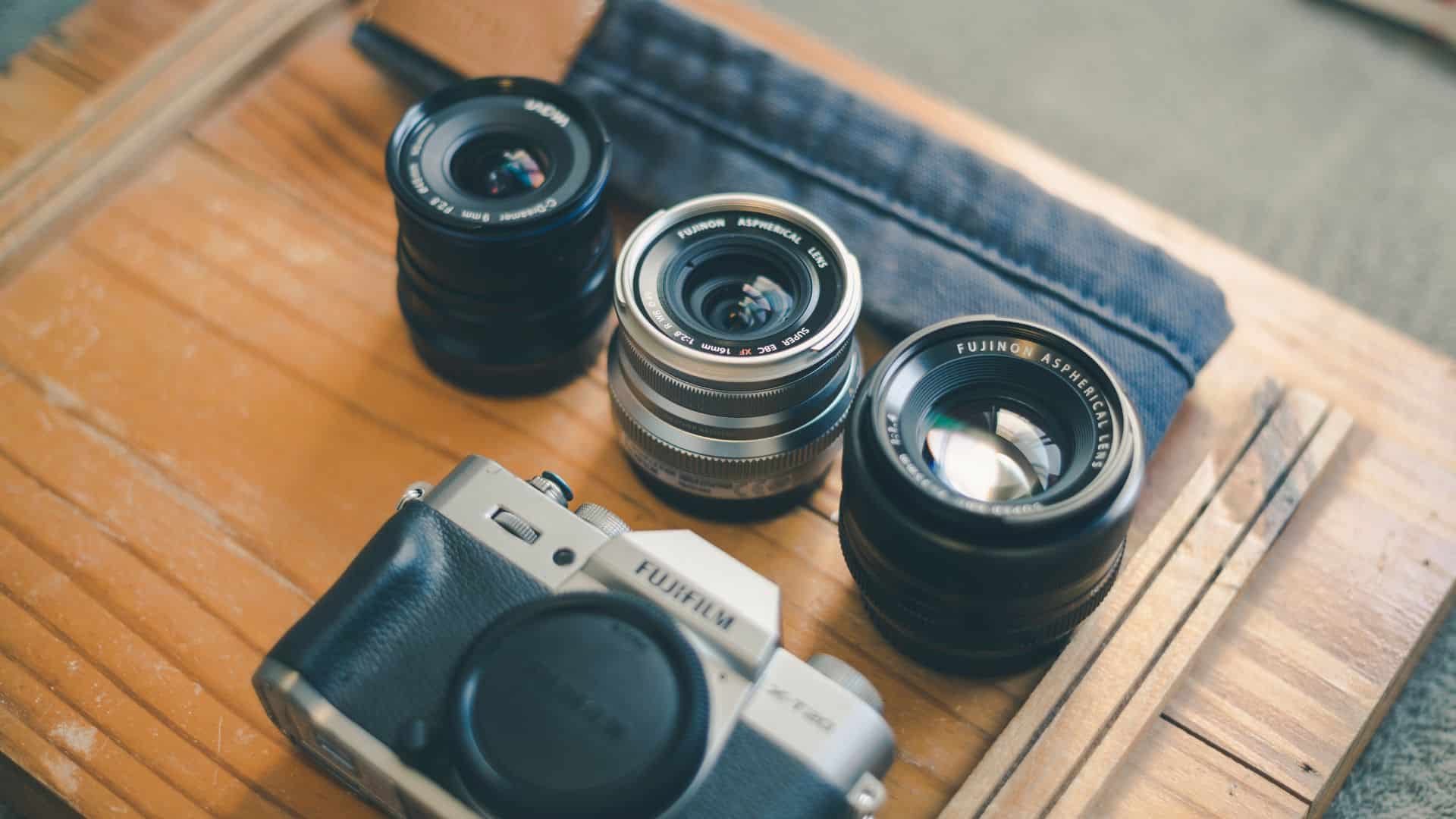Photography, as an art form and a means of communication, has evolved tremendously over the years. With the advent of digital technology, cameras have become more advanced, offering a plethora of features and settings to capture stunning images. However, amidst all the technological marvels, one component stands out as the unsung hero of photography—the camera lens. In this article, we will delve into how important are lenses for cameras, their significance and why they are indispensable for achieving exceptional photographic results.
The Lens as the Eye of the Camera:
The camera lens can be metaphorically described as the eye of the camera. Just as the human eye captures light and forms images in the brain, the lens captures light and focuses it onto the camera sensor. The quality and characteristics of the lens play a pivotal role in determining the clarity, sharpness, and overall visual appeal of the captured images.
Optical Quality and Image Sharpness:
One of the primary factors influencing the quality of an image is the optical quality of the lens. High-quality lenses are designed with precision optics, which reduces optical aberrations such as chromatic aberration, distortion, and vignetting. These aberrations, if present, can degrade image sharpness and color accuracy. Professional photographers often invest in premium lenses to ensure optimal optical performance, resulting in sharper and more vibrant images.
Versatility and Creativity:
Different lenses offer varying focal lengths, apertures, and optical characteristics, providing photographers with a diverse range of creative options. Wide-angle lenses are ideal for capturing expansive landscapes, while telephoto lenses bring distant subjects closer. Prime lenses with wide apertures allow for striking shallow depth of field, emphasizing the subject and creating a beautiful background blur (bokeh). The versatility of lenses empowers photographers to express their creativity and vision in unique ways.
Low Light Performance:
The aperture size of a lens, measured in f-stops, is a critical factor in determining its performance in low-light conditions. Lenses with wider apertures (lower f-stop numbers) allow more light to enter the camera, making them highly effective in low-light situations. This capability is crucial for capturing images in dimly lit environments, such as indoor events, concerts, or night photography. Professional photographers often invest in fast prime lenses to ensure superior low-light performance.
Portraiture and Subject Isolation:
Portrait photography often relies on the ability to isolate the subject from the background, creating a visually appealing composition. Lenses with wide apertures, such as f/1.4 or f/1.8, excel in this regard by producing a shallow depth of field. This selective focus not only emphasizes the subject’s features but also contributes to the overall aesthetic of the image. Portrait lenses are designed with these characteristics in mind, making them indispensable for portrait photographers.
Autofocus Speed and Accuracy:
The autofocus system in how important are lenses for cameras is closely linked to the performance of the lens. High-quality lenses equipped with advanced autofocus motors can achieve fast and accurate focusing, especially in challenging situations. This is crucial for capturing fast-moving subjects, such as sports or wildlife photography, where split-second timing is essential. Investing in lenses with superior autofocus capabilities ensures that photographers can consistently capture sharp and well-focused images.
Long-Term Investment:
While camera bodies may become outdated as new models are released, high-quality lenses often retain their value over time. Lenses are considered long-term investments, and photographers may use them across multiple camera bodies throughout their careers. Choosing quality lenses not only enhances the immediate photographic experience but also ensures compatibility with future camera upgrades, making them a wise and enduring investment.
Conclusion
In the answer of the question how important are lenses for cameras, the camera lens emerges as an indispensable tool for capturing compelling and visually stunning images. Its influence extends beyond mere technical specifications, encompassing aspects of creativity, versatility, and long-term value. Whether you are an aspiring photographer or a seasoned professional, understanding the importance of lenses is key to unlocking the full potential of your photographic endeavors. As technology continues to advance, the appreciation for the crucial role of lenses in shaping the art and science of photography remains steadfast.
FAQs: How Important Are Lenses For Cameras
a. Why are lenses important in photography?
Lenses are crucial as they determine image quality, sharpness, and allow creative expression through various focal lengths and apertures.
b. What role does the lens play in low-light conditions?
Lenses with wider apertures excel in low-light, allowing more light into the camera for superior performance in dim environments.
c. How do lenses contribute to creative photography?
Lenses offer versatility, enabling photographers to experiment with different focal lengths, apertures, and achieve unique visual effects for creative expression.
d. Why invest in high-quality lenses for portraiture?
Premium lenses with wide apertures create a shallow depth of field, emphasizing subjects and contributing to visually appealing portraits.
e. Are lenses a long-term investment in photography?
Yes, lenses retain value over time, serving as long-term investments that can be used across multiple camera bodies and remain compatible with future upgrades.


